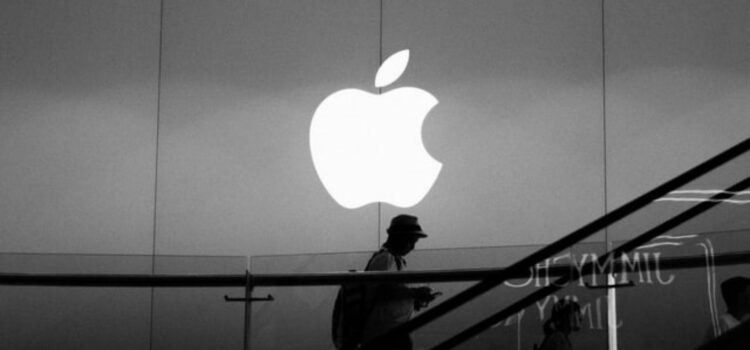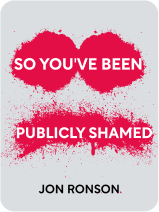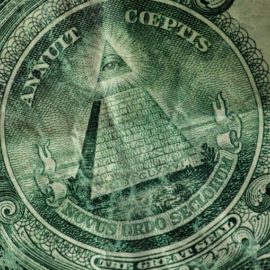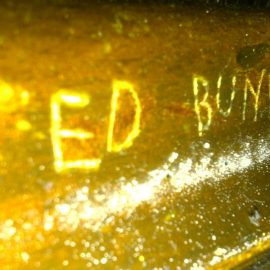

This article is an excerpt from the Shortform book guide to "So You've Been Publicly Shamed" by Jon Ronson. Shortform has the world's best summaries and analyses of books you should be reading.
Like this article? Sign up for a free trial here .
What was Mike Daisey’s monologue about? What elements of the monologue were inaccurate or completely made up? And what was the public reaction to Daisey’s fiasco?
In 2010, monologue writer and performer Mike Daisey committed literary fraud. He invented details in a non-fiction monologue about working conditions in Apple factories that he performed on the podcast This American Life, among other venues. In response, Daisey was publicly shamed.
Read about the Mike Daisey’s monologue scandal, how it unfolded, and what happened in its aftermath.
Mike Daisey’s Embarassing Fiasco
In 2010, Mike Daisey wrote a monologue about Apple factory workers he’d met in Shenzhen, China, and their terrible working conditions. In the monologue, Daisey spoke about n-hexane, an iPhone screen cleaner that evaporates faster than alcohol but is toxic. People he met who were exposed to n-hexane had such shaky hands that they couldn’t pick up glasses.
He also spoke about a man whose hand had been crushed in a press and a worker who was only thirteen.
In 2011, Ira Glass, the host of This American Life, saw Daisey’s show and asked him if he’d like to tell the story on Glass’s podcast. The podcast employees tried to fact check Daisey’s narrative, but Mike Daisey told them his translator’s phone number didn’t work anymore. Since some of his other facts had been verified, they trusted him.
Daisey’s performance inspired change:
- 250,000 people signed a petition for better working conditions for Apple workers.
- Apple received so much pressure that it agreed to allow factory condition inspections by third parties.
Rob Schmitz, Marketplace’s Shanghai correspondent, was suspicious of parts of Daisey’s story. Mike Daisey said that he’d interviewed workers in Starbucks, which Schmitz thought was unlikely because Starbucks is very expensive and most workers couldn’t have afforded it.
Schmitz tracked down Daisey’s translator and discovered that many of the events described in the monologue were inaccurate or completely untrue. Daisey had only visited three plants, not ten as he’d claimed. Some of the stories he’d described were true, but he hadn’t actually talked to the people involved—n-hexane did make workers sick, but that had happened in a different town than the one Daisey had visited. Finally, some of the people he’d described didn’t exist, such as the man with the crushed hand.
On March 16, 2012, Glass invited Daisey back onto the podcast and asked him to explain. Daisey said that in a theatrical context, the truth means something different. He ended the conversation by saying “I’m sorry” in a broken voice.
The interview was taped a week before it went live and that week was the most difficult for Daisey because the anticipation was terrifying. He thought and talked about killing himself, never performing again, and getting a divorce from his wife.
Immediate Aftermath
Just a few minutes after the interview went live, before the criticism had gotten momentum, Mike Daisey apologized on his website. The next day he was active on Twitter and responding to his would-be shamers, calling them hypocrites. Initially, his responses made them even angrier, but after some time, they realized he wasn’t going to back down and lost interest.

———End of Preview———
Like what you just read? Read the rest of the world's best book summary and analysis of Jon Ronson's "So You've Been Publicly Shamed" at Shortform .
Here's what you'll find in our full So You've Been Publicly Shamed summary :
- How public shaming can ruin people's lives
- Why public shaming isn't just a way to get corporations to do the "right thing"
- 6 strategies you can use if you're a victim of public shaming






